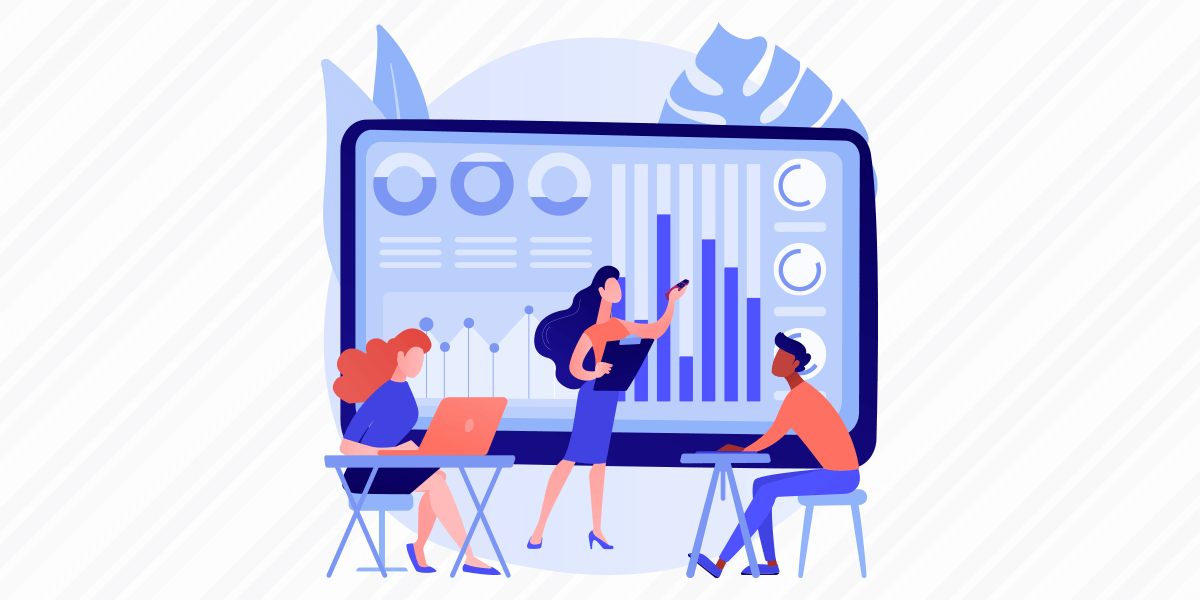As a student, you would remember your visit to the library for borrowing a book or maybe taking a photocopy of an important experiment for a science project. We are in 2021 and those things are gone. With the rise of technology such as artificial intelligence, today’s generation has access to everything right at their fingertips. This is all thanks to the internet. The blackboard and chalk that were once used for teaching children have now been replaced by smart whiteboards, digital classrooms, tablets as teaching tools.
There has been a rapid advancement in technologies such as artificial intelligence (AI), augmented reality (AR), virtual reality (VR), machine learning (ML), and many others. Out of these, several uses of artificial intelligence have been seen in different industries across the globe. The education sector is no exception to this. Artificial intelligence has penetrated and made an impact in the world of education, especially as an efficient teaching tool.
According to a forecast made by analysts, the market of AI in the education sector in the US is expected to grow at 47.77% CAGR for the period between 2017 and 2022.
We all are aware about the fact that the K12 classroom teaching profession has become quite demanding and challenging for teachers. This is because education has become tougher and the needs of learners have become more complicated. AI education is not just a boon for the students but for the K12 classroom teachers too. The use of AI in education will help save a lot of valuable time for teachers and at the same time positively impact the learning of students as well.
Here is how the use of AI in education will completely transform both learning for students and teaching for the teachers:
1- Aiding the teachers and instructors
The main role of an educator is to teach the children. However, many times, teachers get involved in a lot of administrative and paper work which does not suit their profile. Some of these include taking attendance, monitoring the children, assigning tasks to learners, setting question papers for examination, assessing paper, coordination, arranging materials for projects, etc. With the use of AI in education, most of these tasks can be automated. AI systems that replicate human behaviour and the ability to make decisions just like human beings can check the papers, schedule meetings, communicate with parents and students, rather than an educator getting involved in all this. This will definitely help ease the burden off the teachers.
2- Personalized learning approach
In today’s K12 classrooms which have 25-30 students, personalized learning is next to impossible. With the use of AI in education, customized learning modules can be created for every student depending on his/her ability to grasp things and learn new concepts. This approach would make learning easier for all, including the slow learners as well.
3- Remote learning
The use of AI in education makes remote learning easier and fun for children. They can learn and work alongside the AI system and voice assistants to directly communicate with the learning materials without the educators being involved. Students can learn anytime anywhere at their home or even in their friend’s house. With the use of artificial intelligence, there would be no need to carry physical copies of books to learn.
The use of AI in education is yet to be embraced by all educators and schools. Due to this, the true potential of AI as a powerful tool in education has not really been experienced. Artificial intelligence is collaborating with educators to bridge the gaps in the current education system. Moving ahead into the future, artificial intelligence is all set to completely transform K12 classroom learning and teaching.


(1) Comment